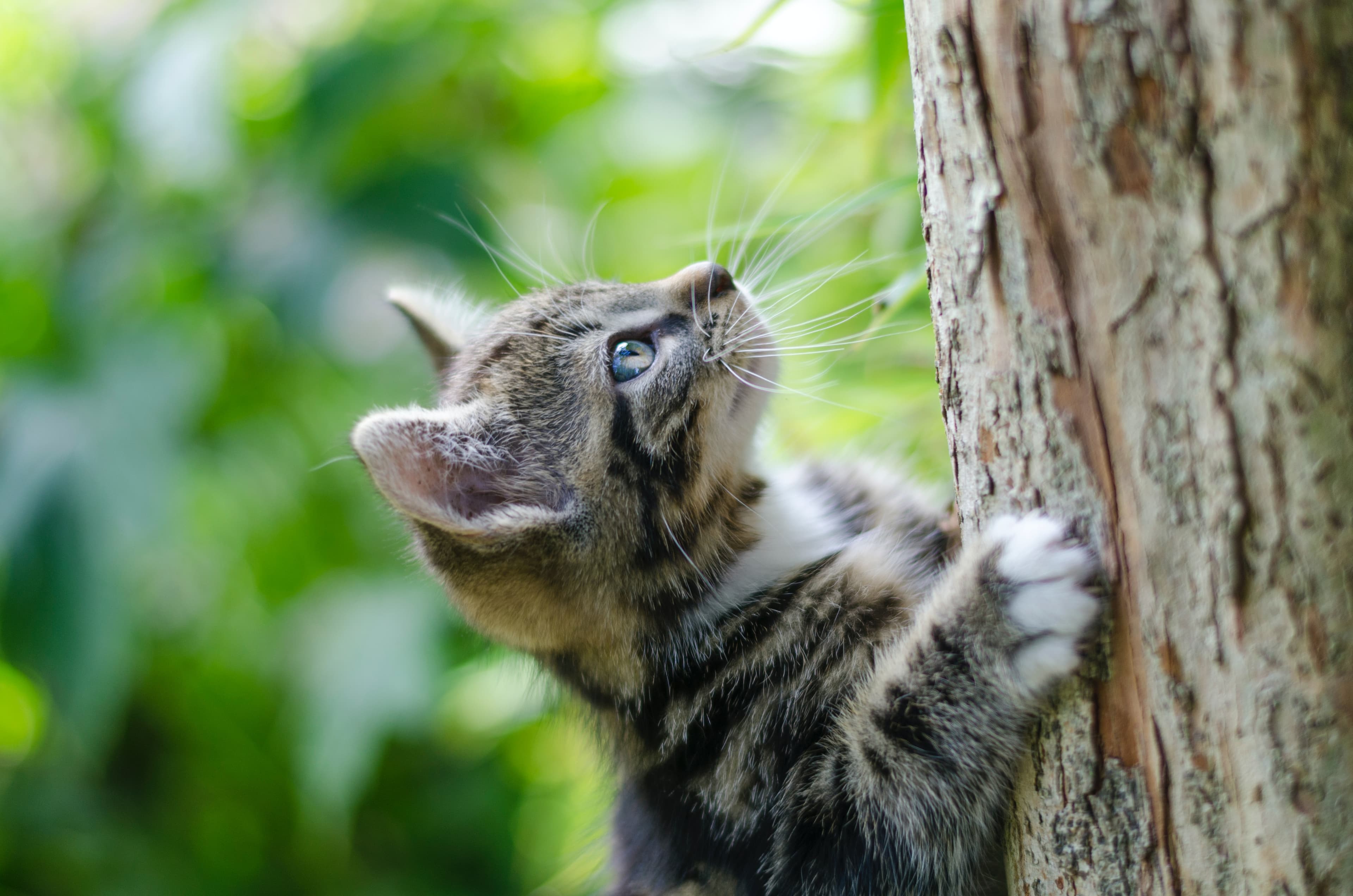Regular exercise is essential for your cat's health, just as it is for humans. A well-exercised cat is typically healthier, happier, and more engaged. This guide will explore various ways to ensure your feline friend gets enough physical activity, tailored to their unique needs and behaviors and how to exercise with your cat.
Investing in cat towers can greatly benefit your cat's physical health and mental stimulation.
Laser pointers, when used correctly, can provide excellent mental and physical exercise.
Establishing a consistent and enjoyable playtime routine is essential for your cat's well-being.
Understanding Your Cat's Exercise Needs
Cats are natural hunters, and their bodies are designed for bursts of energy followed by periods of rest. This pattern aligns with their crepuscular nature, being most active at dawn and dusk. Regular physical activity helps in managing their weight, keeping their joints healthy, and reducing the risk of diseases like diabetes and heart conditions. It's also vital for their mental health, preventing boredom and behavioral issues, when you want to learn how to exercise your cat to lose weight or how to keep them entertained.
Building an Exercise Routine
Setting up a routine is key when you learn how to exercise your cat. Consistent playtime each day, even for just 10 to 15 minutes, can make a significant difference in your cat's health. This regularity also taps into their love for routine, creating a sense of security and anticipation. It's not just about physical play; mental stimulation through interactive toys and puzzles can be just as beneficial.
Innovative Exercise Ideas
Cat Towers and Playgrounds
Cat towers provide a multifaceted exercise experience. They encourage climbing, a natural activity for cats, and often include elements for scratching, playing, and even resting. This helps in muscle toning, agility, and satisfies their instinct to climb and survey their territory.
Laser Pointers for Active Play
A laser pointer can mimic the unpredictable movements of prey, captivating your cat’s attention and stimulating their predatory instincts. It's important to balance this with tangible toys that they can catch to avoid frustration and ensure a sense of achievement.
Utilizing Everyday Objects
Everyday items like paper balls, boxes, or string can be repurposed into stimulating toys. You can even build your own cat exercise wheel from basic materials. These simple items can keep your cat engaged, encouraging them to pounce, chase, and leap, providing both mental stimulation and physical exercise.
Interactive Play and Its Benefits
Engaging in play that mimics hunting behaviors, like using feather wands or moving toys, can significantly enhance your cat's physical health and mental acuity. This type of play not only exercises their body but also keeps their hunting skills sharp, fulfilling their instinctual needs.
Advanced Play Techniques
For cats that are more active or used to regular play, introducing more challenging activities can keep them engaged. Creating a homemade obstacle course or using advanced interactive toys can stimulate their minds and bodies in new ways.
Safety Tips for Cat Exercise
Always keep safety in mind. Ensure that the play area is free of hazards and that toys are cat-safe to prevent any injuries. Be aware of your cat's physical limits to prevent overexertion and injuries.
Monitoring Your Cat's Health
Pay attention to your cat's response to exercise. If they show any signs of distress or discomfort, it might be time to consult your veterinarian. Ensuring your cat's safety and well-being during play is as important as the exercise itself. Here are some tips to effectively monitor your cat's health during their active moments:
Observe Behavior Changes: Pay close attention to your cat's behavior during play. Any signs of lethargy, disinterest, or lack of stamina could indicate health issues or fatigue. Normally active cats that suddenly show disinterest in play should be a cause for concern.
Look for Signs of Overexertion: Cats, especially older ones, may not know their limits. Watch for heavy panting, excessive thirst, or signs of exhaustion. These could indicate that your cat is overexerting itself.
Monitor Breathing Patterns: While it's normal for cats to breathe faster during play, be alert to any unusual breathing patterns or sounds. Wheezing, labored breathing, or prolonged panting after play could signal respiratory issues.
Regular Post-Play Check-ups: Incorporate a gentle physical examination after play. Feel for any bumps, cuts, or sore areas that might have occurred during play.
Hydration Check: Ensure your cat has access to fresh water before and after play. Dehydration can occur quickly, especially in more active sessions or warmer environments.
Know Your Cat's Limits: Understand that every cat is different. Older cats or those with health issues may require less intense play. Adapt playtime to suit your cat's age, health, and energy levels.
Watch for Behavioral Signs of Stress: Some cats may get overstimulated or stressed during certain types of play. Signs include aggressive behavior, excessive meowing, or hiding. If these occur, it's time to reassess the type of play and its duration.
Encouraging Independent Play
While interactive play is important, it's also beneficial to know how to get your cat to exercise independently. This fosters their natural instincts and provides exercise even when you're not around.
Conclusion
Remember, exercising your cat is about more than just physical health; it's about keeping their minds active and engaged. With these tips and tricks, your cat will not only be healthier but happier too. A fit cat is a happy cat. By incorporating these exercise tips into your daily routine, you're ensuring your cat's well-being, both physically and mentally. Here's to a healthier, more active feline friend!
Frequently Asked Questions
How often should I exercise my cat?
Daily exercise, ideally for 10-15 minutes, is recommended to keep your cat in top health.
Are there specific exercises for older cats?
Yes, older cats may require gentler, less strenuous activities. Consult your vet for personalized advice.
Can indoor cats get enough exercise?
Absolutely. With the right toys and activities, indoor cats can stay just as active and healthy as outdoor ones.



